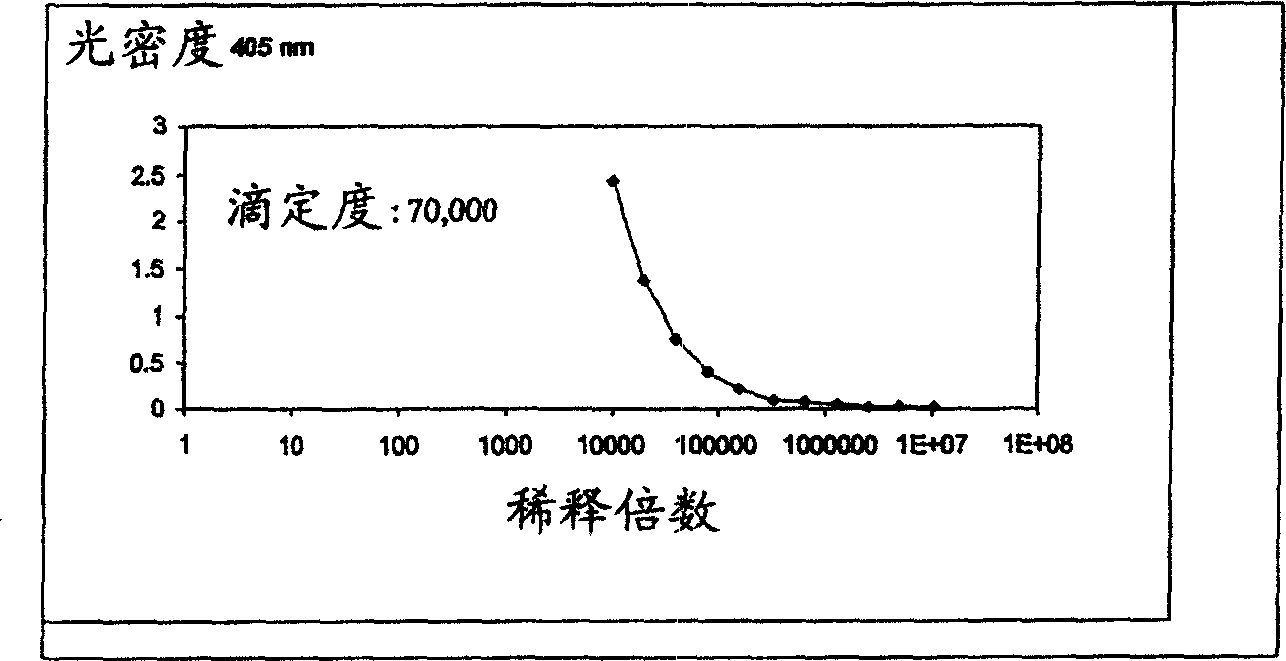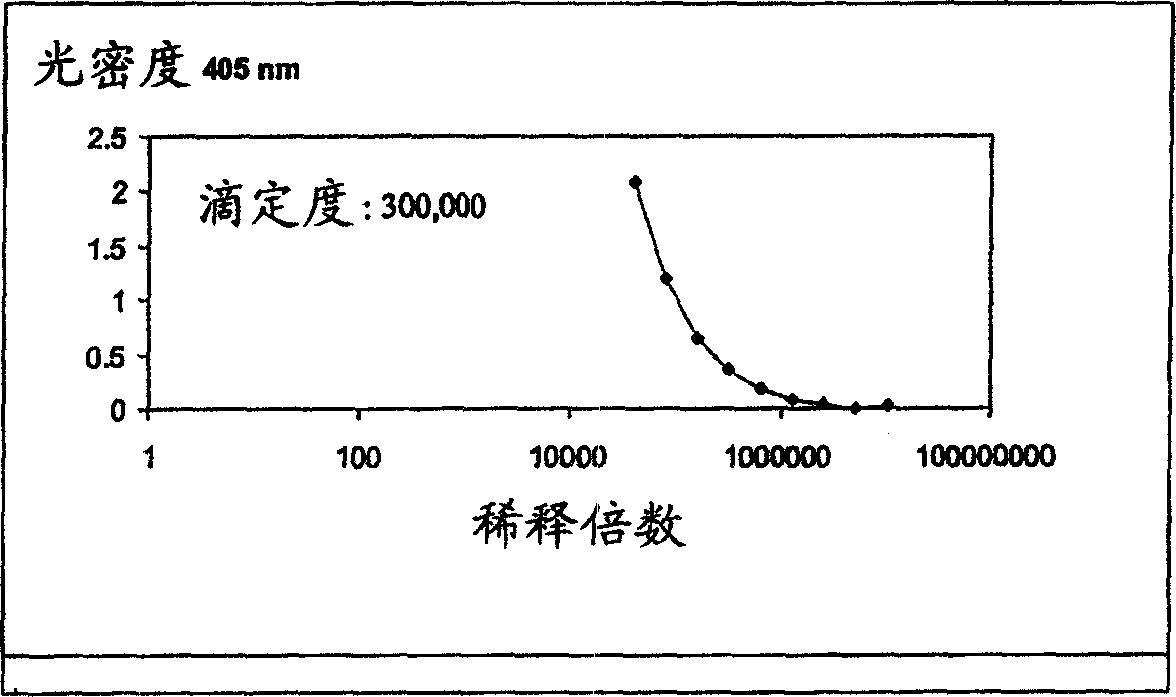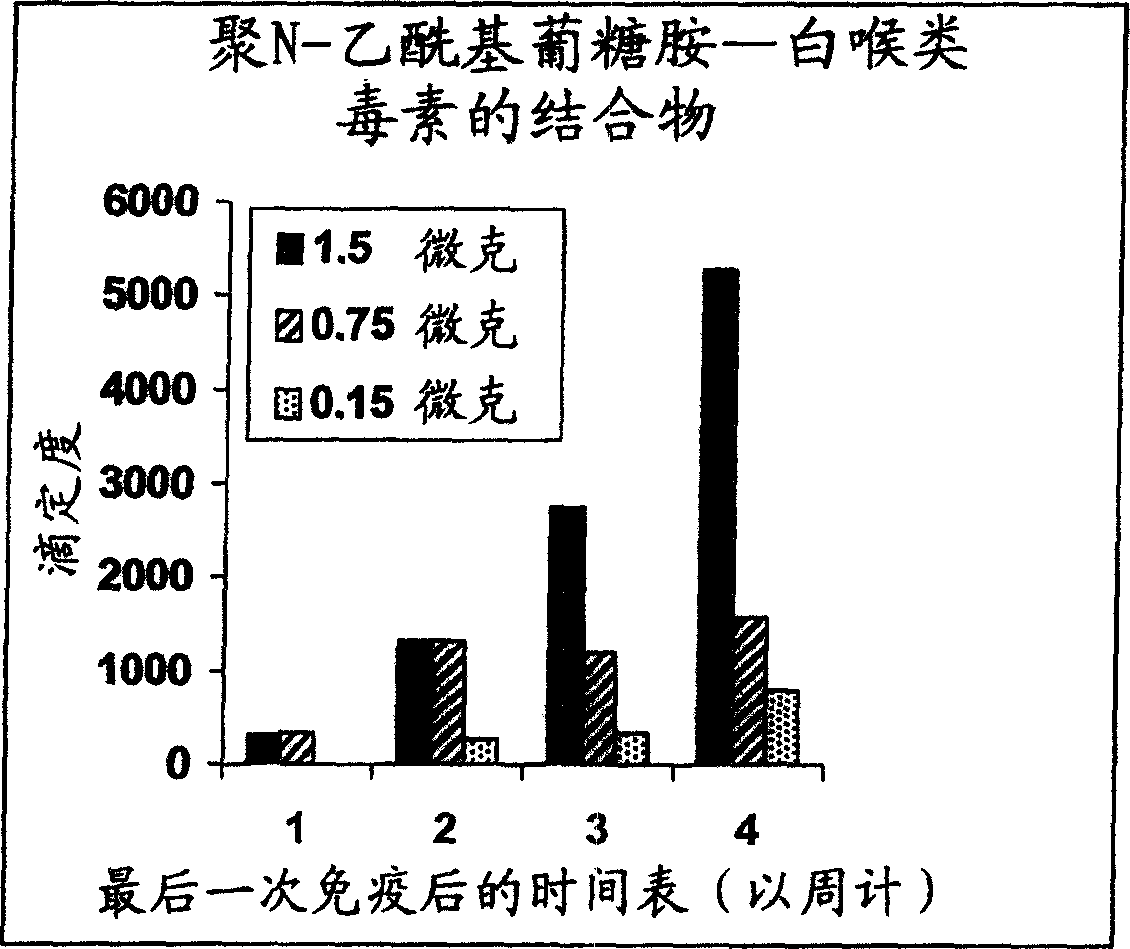Polysaccharide vaccine for staphylococcal infections
一种葡萄球菌、多糖的技术,应用在抗细菌药、糖衍生物、糖衍生物等方向
- Summary
- Abstract
- Description
- Claims
- Application Information
AI Technical Summary
Problems solved by technology
Method used
Image
Examples
Embodiment 1
[0161] Example 1: Purification of deacetylated poly-N-acetylglucosamine
[0162] It has been discovered that deacetylated poly-N-acetylglucosamine can be prepared in accordance with the present invention from any cell line expressing an intracellular attachment locus. In particular, these bacterial strains include Staphylococcus epidermidis, Staphylococcus aureus, and other Staphylococcus strains, such as Staphylococcus carves transformed with genes in the intracellular attachment locus. According to the present invention, the following specific strains can be used to purify poly-N-acetylglucosamine from inclusions: S. epidermidis RP62A (ATCC code 35984), S. epidermidis RP12 (ATCC code 35983), S. epidermidis M187, S. carnosus TM300 (pCN27), S. aureus RN4220 (pCN27) and S. aureus MN8 myxoid.
[0163] The following is a method for preparing deacetylated poly-N-acetylglucosamine from Staphylococcus species containing the intracellular attachment locus.
[0164] The starting m...
Embodiment 2
[0168] Example 2: Deacetylated poly-N-acetylglucosamine - diphtheria toxoid (DTm) Preparation of conjugate vaccines
[0169] Diphtheria toxoid is covalently bound to purified deacetylated poly-N-acetylglucosamine by reductive amination. As described in Step 1 below, aldehyde groups are first introduced onto the surface of diphtheria toxoid by treating the protein with glutaraldehyde. Subsequently, the diphtheria toxoid activated through its free amino group is reacted with deacetylated poly-N-acetylglucosamine in the presence of the reducing agent sodium cyanoborohydride, as described in step 2 below.
[0170] Step 1: Activation of diphtheria toxoid with glutaraldehyde
[0171] Using a 10kDa MWCO dialysis cartridge, 0.1M carbonate buffer (pH10) was removed at room temperature for 3 hours to dialyze 10 mg of diphtheria toxoid (4.86 mg / ml solution containing 20 mM HEPES buffer, 50 mM NaCl, PH8). When the protein solution was completely replaced by the carbonate solution, ...
Embodiment 3
[0175] Example 3: Natural poly-N-acetylglucosamine-diphtheria toxoid conjugate vaccine preparation
[0176] Natural poly-N-acetylglucosamine ( In this case, with 95-100% acetic acid substitution) covalently bound to purified diphtheria toxoid. Subsequently, CDAP-activated poly-N-acetylglucosamine was conjugated to diphtheria toxoid as described in step 2 without the need for additional spacer molecules.
[0177] Step 1: Activation of poly-N-acetylglucosamine using CDAP
[0178] 10 mg of purified poly-N-acetylglucosamine was dissolved in 150 microliters of 5M hydrochloric acid, neutralized with an equal volume of 5M sodium hydroxide, and then diluted to 1 ml with pH9.2 boric acid buffer. Prepare CDAP at a concentration of 100 mg / ml in acetonitrile and store at -20 °C for up to 1 month. Use a pipette to slowly pipette 200 μl of CDAP (containing 20 μg) into the previously mixed borate buffer containing PNAG-II (Maira et al., Infection and Immunity 2002 No. 70 pp. 4433-4440...
PUM
 Login to View More
Login to View More Abstract
Description
Claims
Application Information
 Login to View More
Login to View More - R&D
- Intellectual Property
- Life Sciences
- Materials
- Tech Scout
- Unparalleled Data Quality
- Higher Quality Content
- 60% Fewer Hallucinations
Browse by: Latest US Patents, China's latest patents, Technical Efficacy Thesaurus, Application Domain, Technology Topic, Popular Technical Reports.
© 2025 PatSnap. All rights reserved.Legal|Privacy policy|Modern Slavery Act Transparency Statement|Sitemap|About US| Contact US: help@patsnap.com



